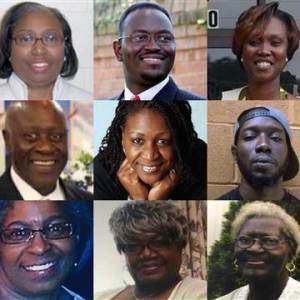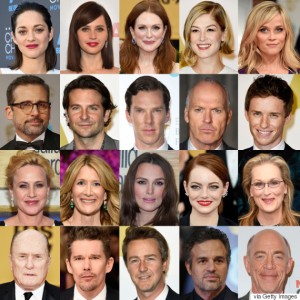A widely acknowledged fact is the exploitation of black women’s reproductive labor during slavery. Enslaved black women were often raped in part to satisfy the sexual desires of slave owners, but it was also done, in large part, to create additional laborers for the support of the slave economy.

Credit: National Humanities Center
The children of enslaved black women were often separated from their mothers and sold off to work on plantations. The ages at which children were sold off to work on other plantations often varied from plantation to plantation. Needless to say, many mothers never saw their children again. All for profit and material gain.
Fast forward to the 20th Century and the separation of black mothers and children continued to be a source of revenue generation. With a renewed focus on welfare reform and a determination to significantly reduce what many perceived to be entitlements, federal legislation was enacted to terminate parental rights and expeditiously place children, who were determined to be in an unsafe environment, in foster care. To be clear, such action was not a result of pure altruism on behalf of state and government entities. Instead, the Adoption and Safe Families Act of 1997 facilitated federal incentives to state agencies for the expedient removal, parental termination, and placement of children in foster care. Unfortunately, the application of the legislation has not been exactly colorblind. It has been documented and revealed that black children, in comparison to white children, are disproportionately removed from their homes. This remains true even when white children experience the same issues as black children within their homes. Simply put, efforts are made to keep white families united while black families are dissected – and dollars are pocketed. (more…)
 Recent local news reports in the Washington, DC metropolitan area have focused on the current heroin epidemic within the suburban and rural areas. Notably, the stretch of highway leading from West Virginia to Baltimore, Maryland is where the greatest focus is directed. In fact, many have dubbed this stretch of highway the “
Recent local news reports in the Washington, DC metropolitan area have focused on the current heroin epidemic within the suburban and rural areas. Notably, the stretch of highway leading from West Virginia to Baltimore, Maryland is where the greatest focus is directed. In fact, many have dubbed this stretch of highway the “




